By Joseph Temple
With the explosion of visual-centric websites like Pinterest, Instagram and Houzz.com, you can now look at an endless stream of jaw-dropping private cellars that are the envy of every oenophile. But what if you don’t have the money to construct extravagant spiral staircases, rustic open beams and expensive ivory tiles? Don’t worry – here are nine principles for creating a wine cellar — no matter what your budget is:
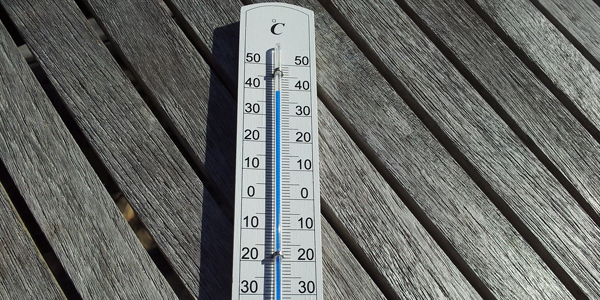
1. Feel the temperature rising?
Before even thinking about going to the hardware store to begin this DIY project, you first need to see if the designated area is suitable for hosting a wine cellar. Ideally, you want the space’s constant temperature to be between 50° F (10° C) and 59°F (15° C). Any warmer and it will cause a fast maturation of your bottles; any temperature above 72°F (22°C) will most likely result in evaporation over time. On the other end of the spectrum, colder temperatures will prolong the maturation process and below 30°F (-1°C) could freeze the wine.
So to see if the area is suitable, take multiple thermal readings with a good old fashioned thermometer. Record the room’s temperature during a hot summer day and a cold winter night. The key is to avoid large fluctuations, which will severely damage your long-term collection. To help insulate your wine from these changes in the weather, install rigid foam boards.
Additional tip: Heat rises so place the white wines at the bottom of the rack and the reds at the top.
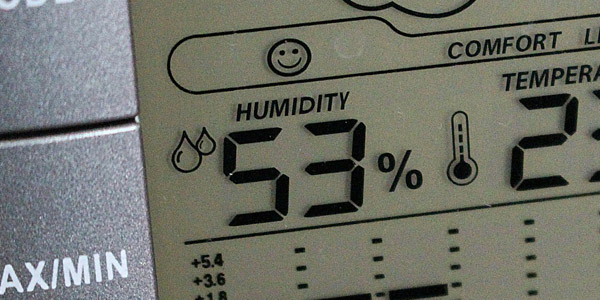
2. Humidity Matters
Equally important is the amount of humidity in a room, which should be between 55 and 75 percent (or 60 to 80 percent depending on who you talk to). Any greater can cause mold and mildew to form on your bottles and any lower can result in the cork drying out, allowing oxygen to enter the bottle and thus evaporating (and ruining) the wine.
Just like temperature, you need to monitor the room’s humidity at different times of the day and year so invest in a hygrometer. If the room is too humid, you might want to think about buying a small dehumidifier (usually under $300) that allows you to control the percentage in the room. Another trick if you’re struggling with an area that’s too dry is to spread sand on the floor and regularly sprinkle it with water to increase the level of humidity.
Additional tip: Apply hairspray to the labels of your bottles to protect them from increased humidity.
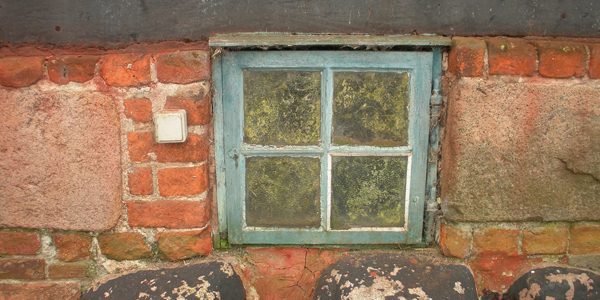
3. Hit the Lights
When constructing a wine cellar, keep in mind that you’re creating the modern day equivalent of a medieval dungeon. Any sunlight that enters your cellar can penetrate glass causing the wine to turn brown. You’ll want your collection to sit in perpetual darkness so if there are any windows nearby, block them out with curtains or shades year-round. And decide if you want to install a small light bulb or use a flashlight for when you have to identify and/or retrieve a bottle from your collection.
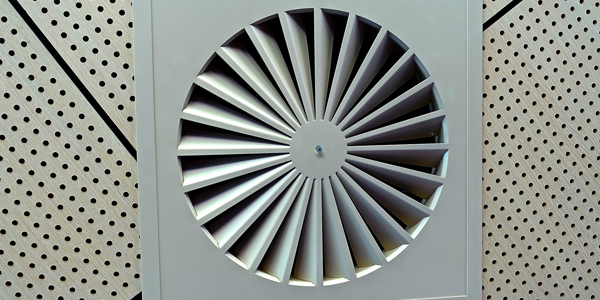
4. Keep the air flowing
Make sure that wherever you store your collection there is proper ventilation. Both strong and stale smells can affect the flavor of your wine so add a vent (if there isn’t one already) in the room to keep the air circulating. But if you install any foam boards or insulation mentioned in Tip #1, check that they don’t block any vents. Also, make sure that you don’t store wine bottles next to paint cans, chemicals or fridges. Basically anything with a strong odor you want to keep as far away from your cellar as possible.
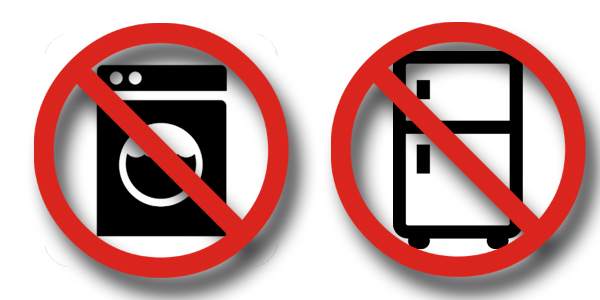
5. No vibrations are good vibrations!
In addition to smell, movements and vibrations can hinder the aging process. So carefully assess any appliances or objects in the vicinity of your wine cellar and consider moving them. Refrigerators, dryers and power tools are on the top of the list and if you live near busy roads or train tracks, keep your collection away from the walls and off the floor to minimize the effect that these vibrations can have.
Working on a budget, you might want to consider buying clay pipes or clay tiles to store your bottles. On the plus side, they rarely deteriorate and the thermal mass of these tiles helps to maintain the ideal temperature and humidity by reducing year-round climate fluctuations. Try searching for these items on websites like Kijiji and Craig’s list where you can pick them up for pennies per tile/pipe. Just make sure they are un-cracked, clean and have not become mildewed.
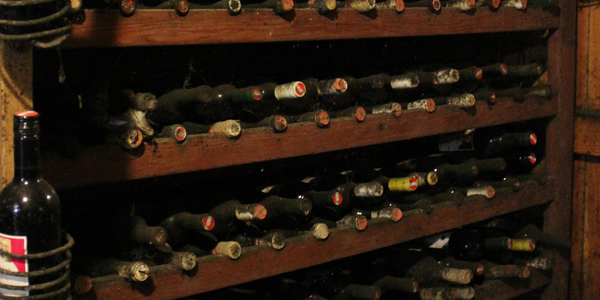
7. Cataloging your collection
There are many ways to keep your cellar organized and up-to-date (several blog entries could be written on this subject alone). If you’re traditional, you can purchase a cellar book and manually enter your inventory. But in the digital age, your best bet is to create a spreadsheet or buy one of the many inventory management software applications to record all relevant information. Keep in mind that with computer viruses always floating around, its best to save your work using cloud computing by uploading your files to a 3rd party site. And if you decide to use a cellar book, be sure to keep it in a room other than the one hosting your collection for insurance purposes. In fact, if you ever want to insure your collection down the road, having it properly cataloged is a must in order to get a policy.
Additional tip: Buy some paper or plastic tags that hang over the necks of bottles to help organize your collection.
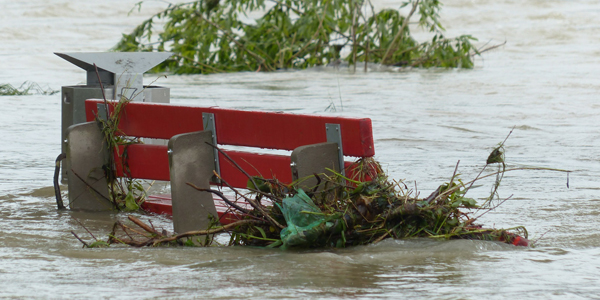
8. Be prepared for a possible flood
If you live in an area that is prone to flooding, you shouldn’t keep your collection in the basement. Instead, keep it as high as possible and make sure the bottles are stored in sturdy racks off the floor.
When it comes to infestation, you can never be too safe. Insects are infamous for eating their way through wine corks so even one bug is one too many when it comes to wine cellars. To be proactive, plug in an orderless insect strip sold at your local hardware store to ward off any possible infestation. And if you want to take it one step further, wrap your bottles in plastic so they are kept air tight.
__________________________________________________________________________________________________
With many branches of the International Wine & Food Society having their own cellars including many individual members, perhaps they can share any helpful tips they might have in the comment section below. Cheers!

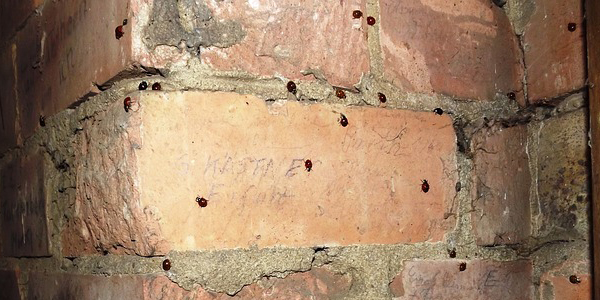
How wonderfully timely Sid. Thanks. As we contemplate buying a new house this – and the manifold advice of IWFS members – is hugely appreciated